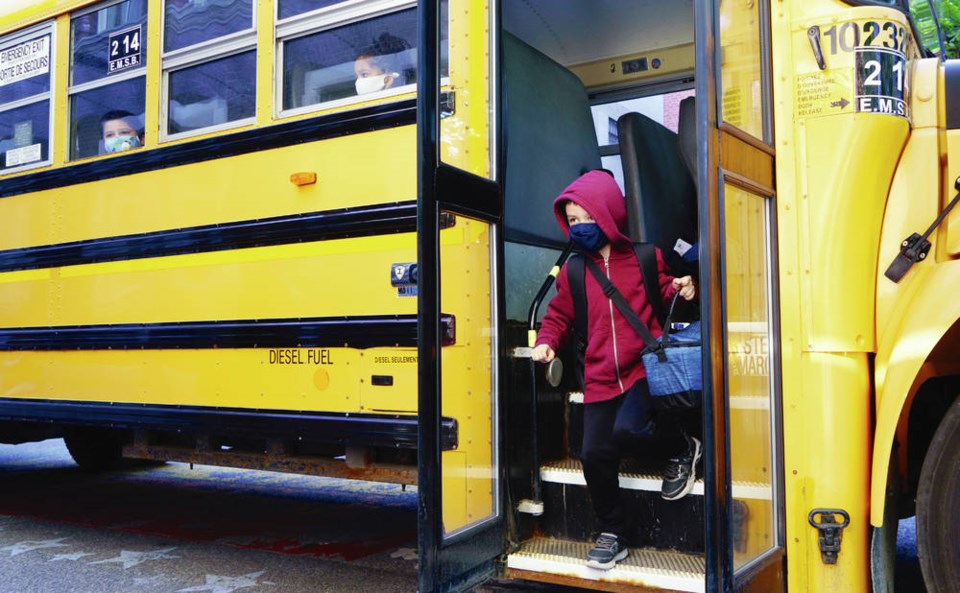About 80 per cent of families who responded to an online survey by the Greater Victoria School District favoured full-time face-to-face instruction for their children, while only 14 per cent wanted a “hybrid” option that combines in-class and remote instruction.
The survey attracted responses from families of more than 13,000 of the approximately 20,000 students in the district.
Support for the hybrid learning model varied across the district’s schools, district superintendent Shelley Green said. “Some are incredibly low on it and others have high uptakes.”
Green said students from schools with lighter support for hybrid learning could end up going to a neighbouring school that offers it. She said data are being analyzed for each school in an effort to set up hybrid classes before the start of school Sept. 10.
Green said she wasn’t surprised by the strong support for in-class instruction.
“I think we had a very, very concerned, loud response initially to what the [Ministry of Education] had put forward,” she said.
But highlighting the health and safety measures being taken at district schools has done a lot to calm families’ fears, Green said.
Greater Victoria Teachers’ Association president Winona Waldron she thought the survey would reveal greater interest in the hybrid option, which she called the only way to achieve reduced class sizes.
Waldron said the hybrid option does, however, raise equity concerns.
“It would be only families who have the means to support their child at home that would be able to take advantage of this option.”
Jodi Whiteman, president of the Victoria Confederation of Parent Advisory Councils, had anticipated that levels of support for in-class instruction might have been lower, and said the survey results show the district’s plan has strong support.
Whiteman, who has a son going into Grade 9, the first year of high school, said she’s happy with the district’s plan for high school students. Students will take two courses over a 10-week period, and end up with eight courses for the year.
“That’s going to be good,” Whiteman said. “Some of the benefits for my son will be that he gets to focus on one subject at a time rather than trying to have to jump between different subjects. It will reduce the amount of books that he has to carry back and forth.”
A key feature of the return to schools, which were closed March 17 and reopened on a part-time basis in June, is the formation of “learning groups” similar to social bubbles, made up of as many as 60 people at the elementary- and middle-school levels and 120 at secondary schools.



